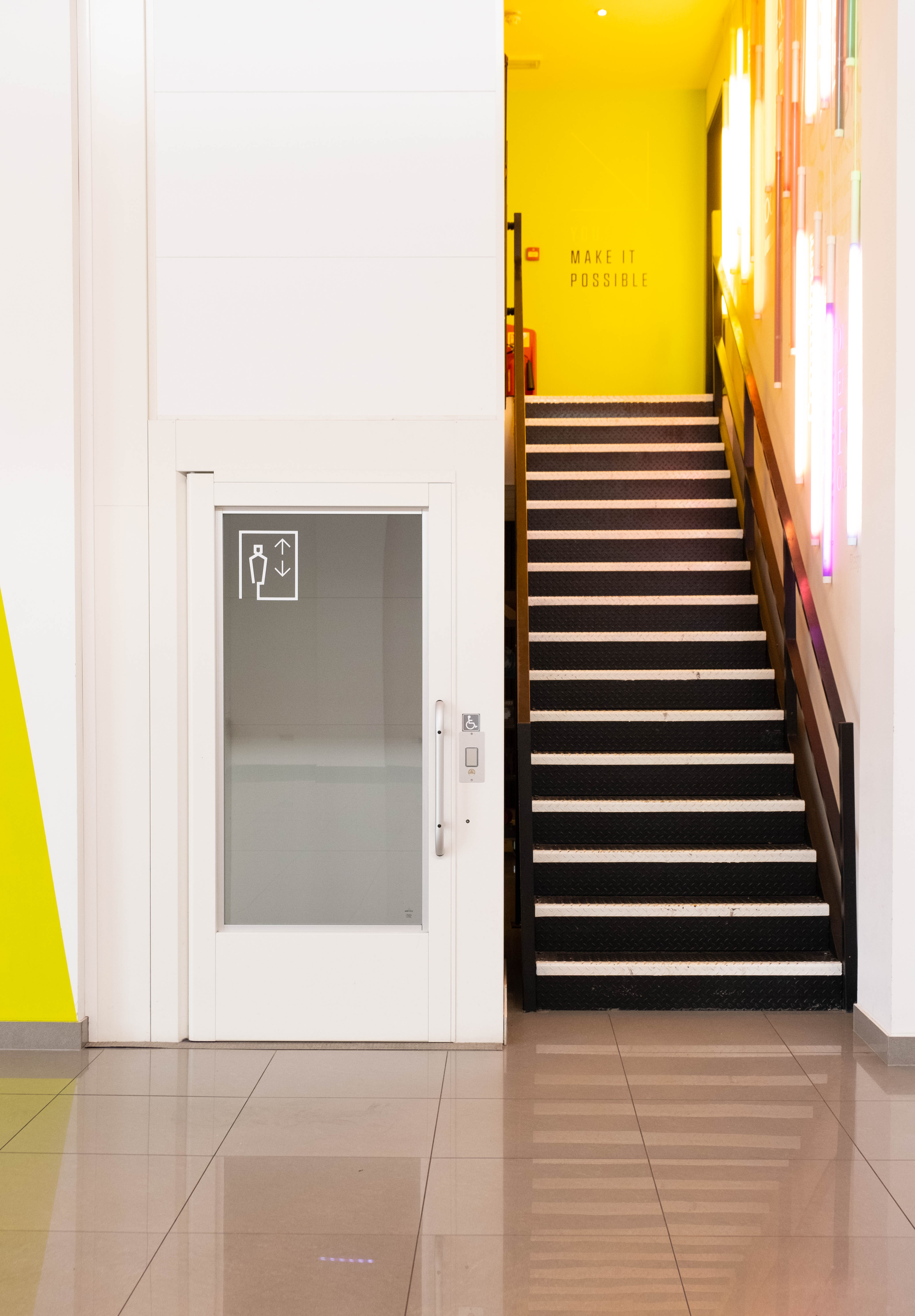Employee experience covers every aspect of an employees’ time with a company from start to finish. With this covering so much and so many different factors, just how are you supposed to measure it?
Here’s five ways that you can measure employee experience.
The old-fashioned survey
While this isn’t the most exciting option, and tends to leave everyone groaning, it is an effective method for hearing just what it is that your team want from their experience with your company (and all the places you can improve too – just make sure it’s anonymous!). From this, you can see where your strengths lie, where improvements can be made and even where company culture and policies seem to be falling short. Surveys are truly the first step to receiving the intel you need to do better.
It might seem outdated but the audience view really is the best way to find out where your company stands and what your team members think about their experience.
Looking at the bigger picture
Take a look at the data you have available to you outside of your surveys. Do you have high turnover rates? Has this gone down since changes were made? Are people coming back into the office to work now restrictions have eased? Are 1:1’s still happening? How many HR cases are there currently? How many candidates are turning down job offers? All those little things can have a huge impact and you should keep an eye out for them.
This is where a strong research and insights initiative can be worth its weight in gold and really help you to identify and therefore improve on key problem areas you might not even have been aware of.
Put yourselves in the shoes of your team
This may be a little out there, but we’ve all heard of the incentive where your top employee is CEO for the day. Now its time to swap around! To really see the heart of how your company works and treats others, you need to experience this from the employee perspective. You could even go as far as to go undercover! While the response from others may be a little biased in some areas, it will give you a good idea of some of the more deep-rooted issues such as accessibility, team tensions and client relationships etc.
Review, review and review again
If your business usually measures improvement annually, consider making this more frequent. Whether that’s every six months, two, or one, putting measures in place and offering more opportunities for conversation on ways to improve the employee experience and celebrate where you’re successful will always be beneficial to the business.
Aki Ben-Ezra from Adidas when talking about employee experience with myHRfuture, detailed some interesting insight when it came to adapting their measurement approach:
Sometimes, it’s important to break out of your comfort zone and have those uncomfortable conversations to actually bring improvement.
Develop a road map for continued improvement
It’s important that you take all of your data from the above methods of measurement and put them to good use; creating strategic route that creates continued improvement instead of just one-off temporary responses. Highlight your strengths and your weaknesses and begin developing a roadmap to better the employee experience within the business. You’ll be able to refer to this roadmap when it comes to reviewing whether you’re successful in making improvements.
Employee experience, done well, can have amazing business results. We explore how employee experience is connected to business success in our latest whitepaper, Workplace experience, which you can read right here. If you want to put one (or more!) of our tips into action, our teams can help. Just email us at anythingspossible@drpgroup.com to get started.

.png)









